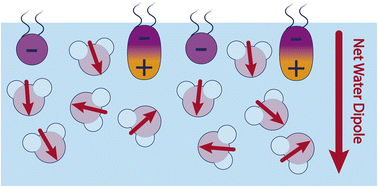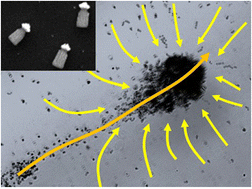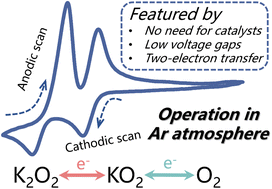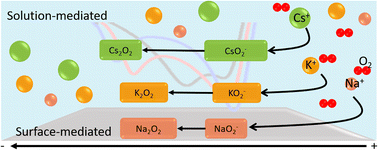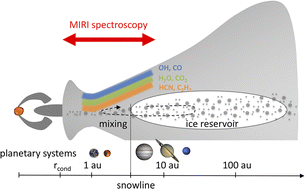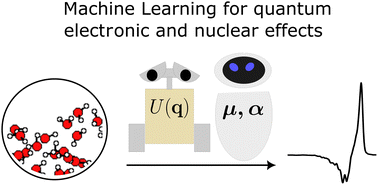Faraday Discuss., 2023, 245,181-198
DOI: 10.1039/D3FD00007A, Paper
DOI: 10.1039/D3FD00007A, Paper
Ko-Yun Huang, Serena Viti
We present an astrochemical modeling study with the aim of comparing shock chemistry traced by HNCO and SiO in two distinctively different environments: the AGN dominated region in the CND of NGC 1068 and the starburst-dominated region in the CMZ of NGC 253.
The content of this RSS Feed (c) The Royal Society of Chemistry
We present an astrochemical modeling study with the aim of comparing shock chemistry traced by HNCO and SiO in two distinctively different environments: the AGN dominated region in the CND of NGC 1068 and the starburst-dominated region in the CMZ of NGC 253.
The content of this RSS Feed (c) The Royal Society of Chemistry

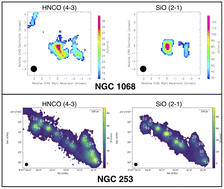
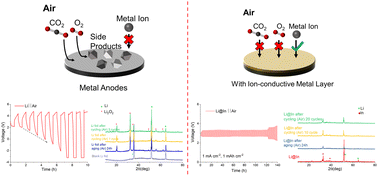
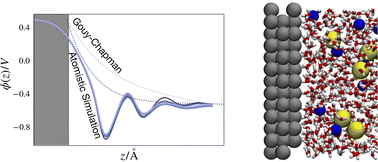
 Open Access
Open Access

